QBO QuickBooks® Real-Time Recurring
The Best Solution for Real-Time Recurring in QuickBooks®
Today Payments is an Authorized Developer of Intuit offering a highly robust app that supports both QuickBooks’ desktop and online customers, provide merchants with the tools they need so they can focus more time on their customers and businesses, and less time on data entry.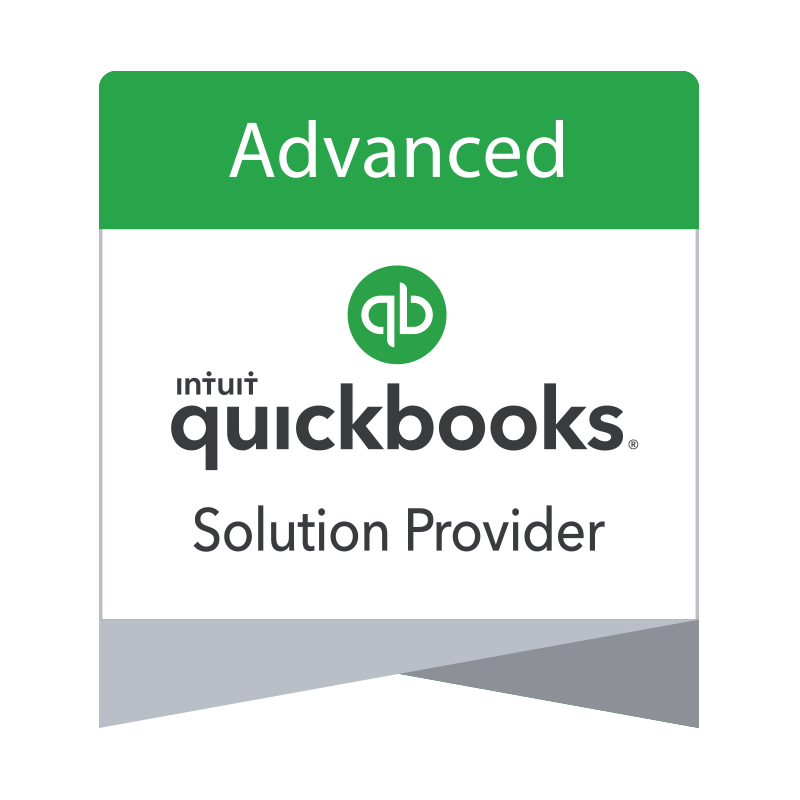
"Our Integrated payment solutions can save a typical small business owner more than 180 hours each year"
See
the features
QuickBooks® ACH, Cards, FedNow and Real-Time Payments
- Payment processing for all QuickBooks desktop, Pro, Premier, Enterprise and also QBO QuickBooks Online Our software is designed for simplicity and ease-of-use.
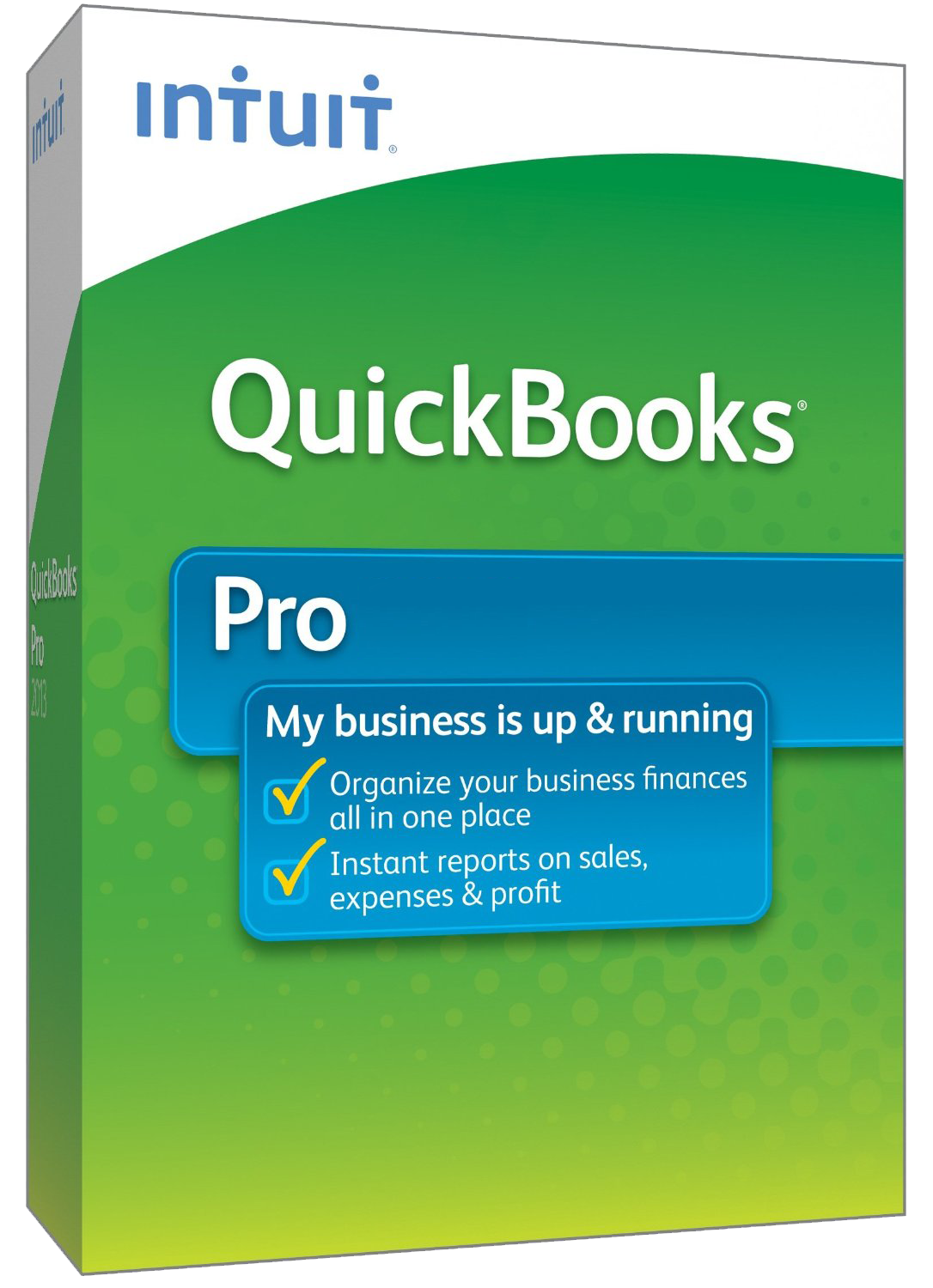
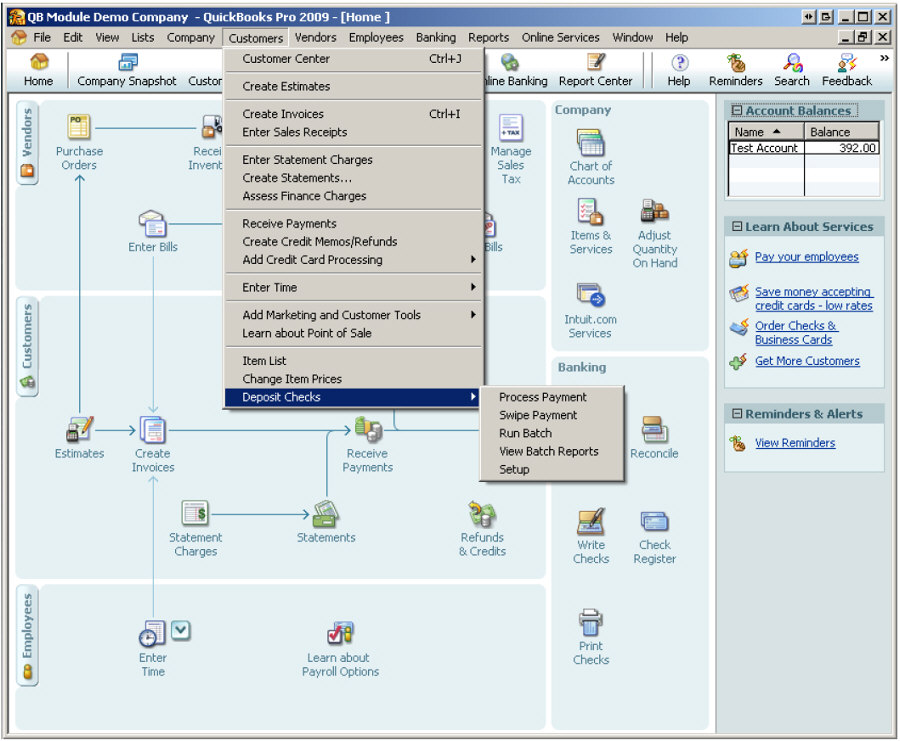
- ~ Automate Account Receivable Collection
- ~ Automate Account Payable Payments
- ~ One-time and Recurring Debits / Credits
Secure QB Plugin payment processing through QuickBooks® specializes in the origination of moving money electronically.
Ask about our special:Using Real-Time Recurring Request for Payments in QBO QuickBooks
When setting up a real-time recurring payment system
using QuickBooks Online (QBO), several attributes need
consideration to ensure the process runs smoothly and
efficiently. Here are the key attributes:
1.
Recurring Payment Setup:
QBO provides features to set up recurring payments. Ensure
that you have access to these features and understand how to
use them.
2.
Frequency:
Define the frequency at which payments will recur, such as
daily, weekly, monthly, or custom intervals. QBO allows you to
specify the frequency when setting up recurring invoices or
bills.
3.
Amount:
Specify the amount of each payment in the recurring series.
You can set fixed amounts or use variables based on conditions
in QBO.
4.
Start Date:
Set the start date for the recurring payments. This determines
when the payment series will begin. QBO allows you to specify
the start date when setting up recurring invoices or bills.
5.
End Date or Duration:
Decide whether the recurring payments will have an end date or
continue indefinitely. QBO allows you to specify an end date
or duration for recurring invoices or bills.
6.
Authorization:
Ensure that the payer authorizes the recurring payments. QBO
provides options to automate payment processing, but it's
essential to obtain explicit consent from the payer.
7.
Payment Method:
Specify the preferred payment method for processing the
recurring payments. QBO supports various payment methods,
including bank transfers, credit cards, and online payment
gateways.
8.
Integration with Financial
Systems: Integrate QBO with your
financial systems, such as banking platforms or payment
gateways, to facilitate real-time payment processing and
reconciliation.
9.
Error Handling:
Implement error handling mechanisms to address issues that may
arise during payment processing, such as insufficient funds or
payment failures. QBO provides tools to help identify and
resolve payment errors.
10.
Security Measures: Ensure
that QBO adheres to security standards to protect sensitive
financial information and prevent fraud. Use features like
multi-factor authentication and encryption to enhance
security.
11.
Notification and Confirmation:
Provide timely notifications and confirmations to both the
payer and payee for each recurring payment transaction. QBO
can send automated notifications when payments are processed.
12.
Customer Support: Utilize
QBO's customer support resources to assist users with setting
up, managing, and troubleshooting recurring payments. QBO
offers various support channels, including help articles,
tutorials, and customer service representatives.
By considering these attributes and leveraging QBO's
features effectively, you can create a real-time recurring
payment system that meets your business needs and enhances
efficiency in managing payments.
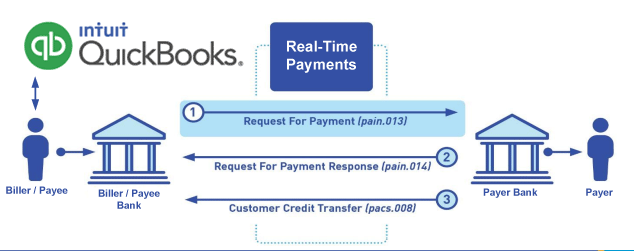
When setting up a real-time recurring payment system using QuickBooks Online (QBO), several attributes need consideration to ensure the process runs smoothly and efficiently. Here are the key attributes:
1. Recurring Payment Setup: QBO provides features to set up recurring payments. Ensure that you have access to these features and understand how to use them.
2. Frequency: Define the frequency at which payments will recur, such as daily, weekly, monthly, or custom intervals. QBO allows you to specify the frequency when setting up recurring invoices or bills.
3. Amount: Specify the amount of each payment in the recurring series. You can set fixed amounts or use variables based on conditions in QBO.
4. Start Date: Set the start date for the recurring payments. This determines when the payment series will begin. QBO allows you to specify the start date when setting up recurring invoices or bills.
5. End Date or Duration: Decide whether the recurring payments will have an end date or continue indefinitely. QBO allows you to specify an end date or duration for recurring invoices or bills.
6. Authorization: Ensure that the payer authorizes the recurring payments. QBO provides options to automate payment processing, but it's essential to obtain explicit consent from the payer.
7. Payment Method: Specify the preferred payment method for processing the recurring payments. QBO supports various payment methods, including bank transfers, credit cards, and online payment gateways.
8. Integration with Financial Systems: Integrate QBO with your financial systems, such as banking platforms or payment gateways, to facilitate real-time payment processing and reconciliation.
9. Error Handling: Implement error handling mechanisms to address issues that may arise during payment processing, such as insufficient funds or payment failures. QBO provides tools to help identify and resolve payment errors.
10. Security Measures: Ensure that QBO adheres to security standards to protect sensitive financial information and prevent fraud. Use features like multi-factor authentication and encryption to enhance security.
11. Notification and Confirmation: Provide timely notifications and confirmations to both the payer and payee for each recurring payment transaction. QBO can send automated notifications when payments are processed.
12. Customer Support: Utilize QBO's customer support resources to assist users with setting up, managing, and troubleshooting recurring payments. QBO offers various support channels, including help articles, tutorials, and customer service representatives.
By considering these attributes and leveraging QBO's features effectively, you can create a real-time recurring payment system that meets your business needs and enhances efficiency in managing payments.
Call us, the .csv and or .xml Request for Payment (RfP) file you need while on your 1st phone call! We guarantee our reports work to your Bank and Credit Union. We were years ahead of competitors recognizing the benefits of RequestForPayment.com. We are not a Bank. Our function as a role as an "Accounting System" in Open Banking with Real-Time Payments to work with Billers to create the Request for Payment to upload the Biller's Bank online platform. U.S. Companies need help to learn the RfP message delivering their bank. Today Payments' ISO 20022 Payment Initiation (PAIN .013) show how to implement Create Real-Time Payments Request for Payment File up front delivering message from the Creditor (Payee) to it's bank. Most banks (FIs) will deliver the message Import and Batch files for their company depositors for both FedNow and Real-Time Payments (RtP). Once uploaded correctly, the Creditor's (Payee's) bank continuing through a "Payment Hub", will be the RtP Hub will be The Clearing House, with messaging to the Debtor's (Payer's) bank.
Our in-house QuickBooks payments experts are standing ready to help you make an informed decision to move your company's payment processing forward.
Pricing with our Request For Payment Professionals
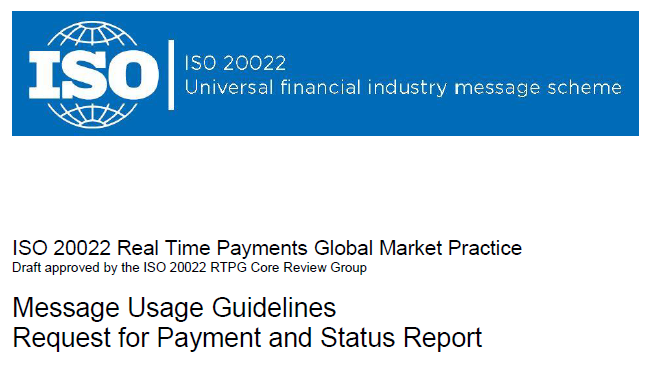
1) Free ISO 20022 Request for Payment File Formats, for FedNow and Real-Time Payments (The Clearing House) .pdf for you manually create "Mandatory" (Mandatory data for completed file) fields, start at page 4, with "yellow" highlighting. $0.0 + No Support
2) We create .csv or .xml formatting using your Bank or Credit Union. Using your invoice information database to create an existing Accounts Receivable file, we CLEAN, FORMAT to FEDNOW or Real-Time Payments into CSV or XML. Create Multiple Templates. You can upload or "key data" into our software for File Creation of "Mandatory" general file. Use either the Routing Number and Account Number for your Customers or use "Alias" name via Mobile Cell Phone and / or Email address.
Fees = $57 monthly, including Activation, Support Fees and Batch Fee, Monthly Fee, User Fee. We add your URI for each separate Payer transaction for additional Payment Methods on "Hosted Payment Page" (Request for file with an HTML link per transaction to "Hosted Payment Page" with ancillary payment methods of FedNow, RTP, ACH, Cards and many more!) + $.03 per Transaction + 1% percentage on gross dollar file,
3) Add integrating QuickBooks Online "QBO" using FedNow Real-time Payment using our Real-TimeRecurring system.
Fees Above 2) plus $29 monthly additional QuickBooks Online "QBO" formatting, and "Hosted Payment Page" and WYSIWYG
4) Above 3) plus Create "Total" (over 600 Mandatory, Conditional & Optional fields of all ISO 20022 Pain .013) Price on quote.
